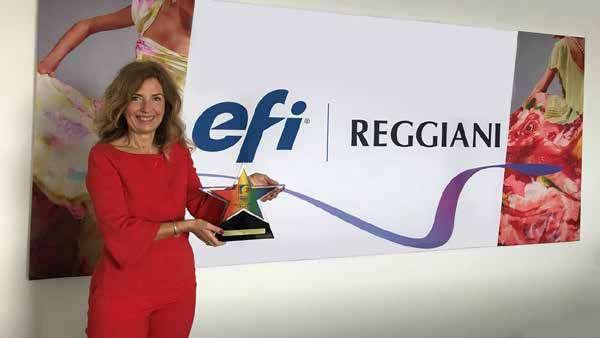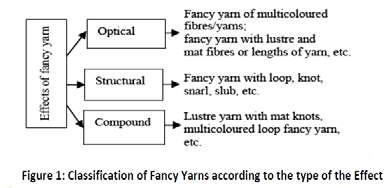C O V E R ST O R Y
35
legacy of natural dyeing and printing: Pracheen Millions of individuals in Mumbai’s hustling metropolis are attempting to realize their ambitions and achieve something exceptional only for the sake of gaining recognition from the rest of the world. Among those millions of people, today we will present that one in a million who is working for a cause rather than for mere applause. It was just another day in Damar Galli on Mohammad Ali Road, one of Mumbai’s busiest roads. We made our way through the crowds and chaos to the city’s crown jewel. Nobody believes that these busy lanes are home to India’s textile legacy. Mr. Sarfraz greeted us with a bright grin and directed us to the treasure that awaited us. There were massive tables with cloth draped over them, as well as the countless blocks stacked against the walls. His workshop is rarely this quiet. “We are unable to function as we used to because to the pandemic,” he explained. On typical days, his artisans, who have been working with him for decades, would be occupying all of those large tables, producing the rhythmic sound of intricately carved wooden blocks making contact with the fabric stretched over the tables. They produce a flawless replication of the design on the cloth, which makes people question whether such textiles are truly handcrafted.
Pracheen is nothing new to those who treasure handcrafted textiles dyed with natural dyes. Pracheen is all about the original and ancient skill of hand
block printing, as the name indicates. Sarfraz Khatri and his father Ahmed Khatri own and operate this hand block printing studio. For almost a century, they have been hand block printing using natural colours. They are one of the few remaining block printing families in Mumbai since most have relocated to the suburbs or rural regions where there is a greater supply. Mr. Sarfraz Khatri proudly informed us that he is the fifth generation of his family to work in this business. We had several questions for Mr. Sarfraz, the most important of which was why he was working with natural dyes and fabrics while the world is exploring synthetic textiles and a range of synthetic colours that are simple to extract and need less time and money. Pracheen’s tale dates to more than a century. “We are members of the Khatri community. Block printing has traditionally been done by Khatris. My forefathers used to undertake manual work. They used to acquire cloth and conduct block printing and acid dyeing for merchants based on their needs.” said Mr. Sarfraz. He also informed us that his family has been in the industry for generations. Vegetable printing and dyeing have been practiced since the Indus Valley Civilization. When Indian craftsmen produced color perfect printed fabrics without the complexity of modern dye technologies. The basic ingredients for these colours were not chemicals, but rather plant and vegetable roots and blossoms. The colours derived from these natural resources were then fixed to natural fibres as cotton, silk, wool etc. Despite being time consuming and difficult, this technique yielded the greatest results. Since the last 4-5 centuries, India has been known for its printed textiles. This art and craft of
vegetable dyeing and printing has been carried on by many craftsmen over the centuries and is still practiced now. These natural colours have managed to hold their own and survive in the face of today’s cheaper artificial dyes. Even though this ancient skill has suffered as a due to low-cost, modern-day synthetic printing methods on diverse textiles, it has managed to persist in India in a variety of locations. Much effort has been expended to ensure the survival of this craft and to commercialize it by emphasizing its eco-friendliness. Initially, vegetable dyeing was only employed on cotton materials. Until recently, vegetable printing on silk was almost unheard of. Pracheen has successfully created a technique of printing on silk fabrics with natural vegetable dyes in a variety of appealing colours following years of study and experimenting and felt the need for something fresh. They have established themselves and are attempting to raise awareness for this environmentally friendly technique to increase public knowledge and support for vegetable dyes and printing with natural materials. Despite the lengthy and arduous procedure, the fabric damage during the dyeing and printing process is minor when compared to chemical dyes. Pracheen’s owners hail from a family of traditional dyers from the region of Kutch in Gujarat State, INDIA. For centuries, their family has been involved in textile dyeing and printing. For printing on cotton textiles and other natural materials, they have always utilized natural vegetable-based dyes that are environmentally benign. Because the technique was so expensive, delicate fabrics such as silk could not be printed in the same way. Seeing this need, they created a technique for dying and printing silk fabrics with natural, eco-friendly vegetable dyes through in-house research and invention. The method is proprietary, and not everyone will be able to reproduce it. The results
J U LY 2 0 2 1



















